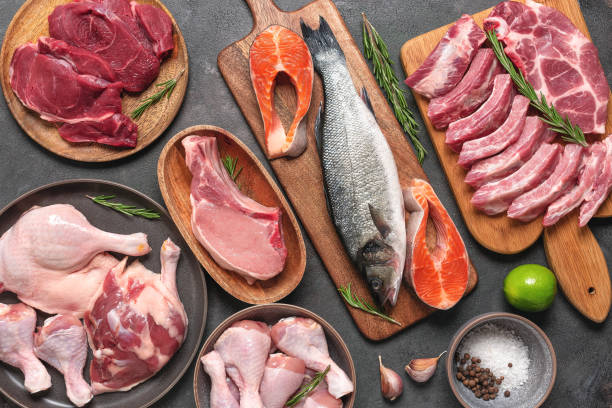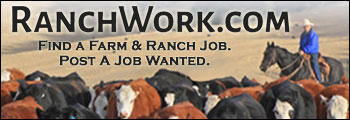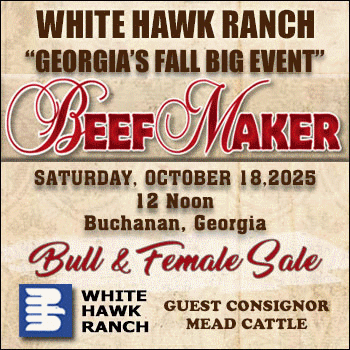Protein Reigns Supreme as the Most Critical Macronutrient in Our Diets
People are eating more protein than ever, with 61% of consumers increasing their protein intake in 2024, up from 48% in 2019. Protein has expanded from being the star of dinner plates to becoming a staple across all meals and snacks, with 74% of consumers saying, "eating meat is an important part of my diet.” Animal proteins such as beef, chicken and eggs remain household favorites for their complete nutrition, taste and versatility, reflecting the growing importance that consumers place on these dietary staples. When it comes to ingredients, people are looking for protein specifically — highlighting its importance in purchasing decisions.
Consumers are also incorporating protein into their daily routines with portable options like jerky, yogurt, protein bars and shakes, catering towards increased snacking behaviors with 63% looking for protein in snacks.
Protein Delivers on Multi-Dimensional Value
As inflation and rising food costs persist, consumers are redefining what value means in protein and how to prioritize affordability without sacrificing taste. 37% of consumers are turning to bulk buying protein and freezing portions to maximize budgets, while 54% report focusing on affordable staples like ground beef and chicken.3 In today's tighter economy, consumers are drawn to limited time offers that make eating out feel special, with 28% of foodservice meals snagged through promotions such as “buy one, get one.”
At the same time, there’s a desire for premium experiences at home, with consumers recreating restaurant-quality meals that feel indulgent yet accessible, such as steak. Protein is expected to deliver on taste, value and convenience, reflecting a complex set of expectations from today’s savvy shoppers.
The Social Subcultures of Protein
Social media and websites are the second-highest influence on consumers’ approach to eating, second only to family members. 52% of consumers have tried a new food item after seeing it on social media, with platforms like TikTok and Instagram creating social subcultures of protein, such as carnivore diets, high-protein regimens for fitness and fusion-inspired culinary exploration.
Gen Z, in particular, is embracing bold and multicultural flavors, while Boomers are staying loyal to classic, high-quality offerings. This interplay of tradition and innovation highlights the role of protein as a cultural touchstone, connecting consumers across generations and preferences.
Articles on The Cattle Range are published because of interesting content but don't necessarily reflect the views of The Cattle Range.
















